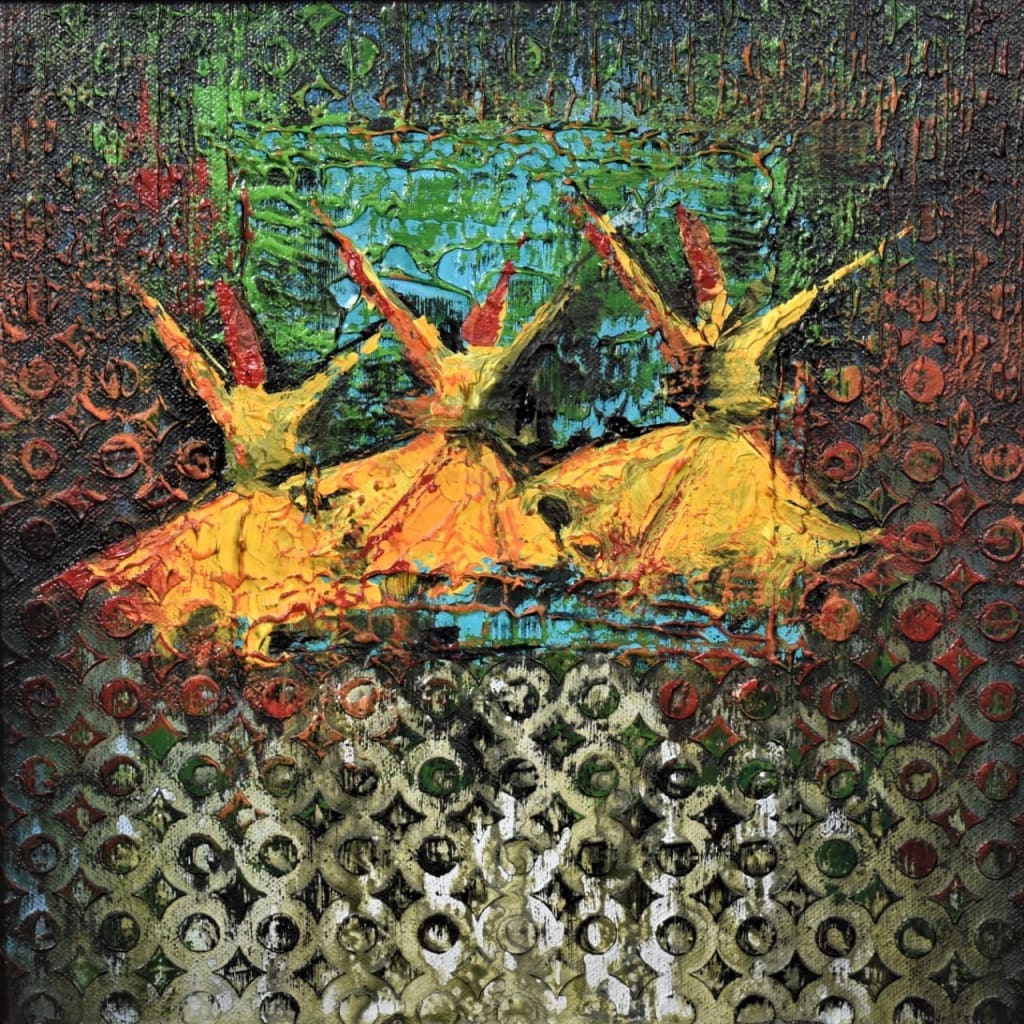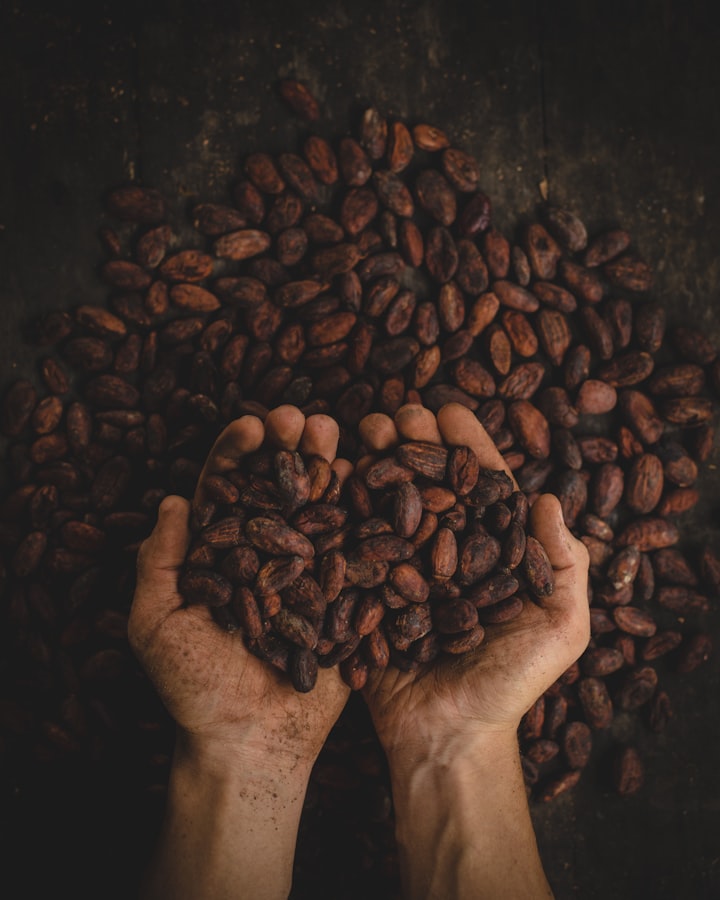Evolution of Indian Traditional Arts to Contemporary Painting
Abstract Painting on Canvas

Indian art began around 5,000 years back, at some point during the Indus Valley civilization's pinnacle. Impacted by a human advancement that appeared in the three thousand years BCE, it combines the ethereal and the sensual, making it unmistakable in structure and appearance. In any case, as time passed, Indian paintings have experienced a few changes. They have been affected by different societies, making it increasingly assorted, yet progressively comprehensive of its people also. The Indian sub-continent has a convention of visual arts going back over five thousand years. The masterpieces created are assorted in their style, subject, and medium, respectively and abstract painting on canvas started booming up.
Five principle times of Indian history affected art and mirror precise social, religious, and political turns of events.
1. Ancient Era: There is proof that India's history started around 75,000 years prior. From c. 3300 to 1300 BCE, the Indus Valley Civilization thrived in the northwest of the nation, reaching out to introduce day Pakistan. An innovatively progressed and advanced urban culture came to fruition with the Harappan time frame, which was along these lines followed by the Bronze era and later, The Iron Age Vedic Civilization. Rock paintings and sanctuary art can be supported back to the aesthetic articulations of antiquated India. The thirteenth century saw the start of Muslim guidelines in India, which continued for two centuries before a few incredible Hindu realms developed in the fifteenth century.
2. Islamic Dominance: With the foundation of numerous Islamic states in the twelfth century, there was a progressive Muslim triumph in India. It brought about the rise of the Mughal Empire, which governed India's more significant part from the mid-sixteenth to mid-nineteenth century. Though, the Mughal rule step by step declined as the Marathas came into power and the finish of its strength and are set apart by the Indian Rebellion in 1857 and the beginning of the British guideline. During the Islamic principle, the majestic, commonplace, and Mughal style of art and crafts has been popularized.
3. Colonial Era: This time denotes when European forces, through success and exchange, were at their top in India. It started with Alexander the Great, enduring just from 327-326 BC. This era miniatures paintings came into limelight. As tremendous and point by point as they are, these paintings were limited to filling in as book representations or collections of canvases for a long time. Their little height doesn't lessen their significance in Indian history or their incentive as artwork and instances of India's artistic legacy.
4. Pre and Post-Independence India: During the early and mid-1900s, one could observe three accentuations regular to aesthetic practice in many nations with a pioneer past: a cross-examination of Western impacts on artistic expression, the overwhelming need to set up an unmistakable character and figure of speech for Indian art, and a commitment with the job and capacity of the artist in a nation like India.
Indian artists have customarily taken motivation from the philosophical idea that the outright can't be made nor pulverized; however, it must be felt and comprehended. In that capacity, the widespread language of abstractionism is likewise not new to India. Using common conceptual types of articulation on canvas, Indian art has honestly gotten worldwide. Investigating the patterns in Indian craftsmanship throughout the years, we find that not just has it investigated its past. Still, it has profoundly dug into images and articulations accessible in our way of life. However, it has taken this excursion further dazzle and effect the art world at a worldwide level.
5. Contemporary Indian Art: Contemporary painting wave open up of the market for Indian art abroad. As additionally, the abundance of art exhibitions inside the nation, implying that the Indian artist presently had no real option except to address an increasingly diffuse crowd, through subjects that resounded with the nearby just as the worldwide. Today, crafts by artists from the Indian diaspora, the complicating art, and the recordings, establishments, and digital spaces of a significantly younger age of artisans have all additional new measurements to Indian contemporary art and vague idea ever-responsive to development and change.
Through its experts' hardships, Indian art has generated an image of a crucial and incredible imaginative practice during the last century. It is this much of the time dazing heterogeneity, this diverse and plural nature of Indian art which, maybe, will, in the end, convey up the bits of knowledge its learner keeps on pursuing so devotedly.
The beautiful Indian paintings and abstract painting on canvas are gradually starting to get acknowledgment internationally, with local artists seen at art exhibitions. Making more exhibition halls, giving art education in schools, and delivering great art books has additionally assumed a pivotal job in changing the substance of Indian paintings both in India and abroad. Indian art has crossed a vast ocean of cultural varieties and art revolution in this tour.






Comments
There are no comments for this story
Be the first to respond and start the conversation.